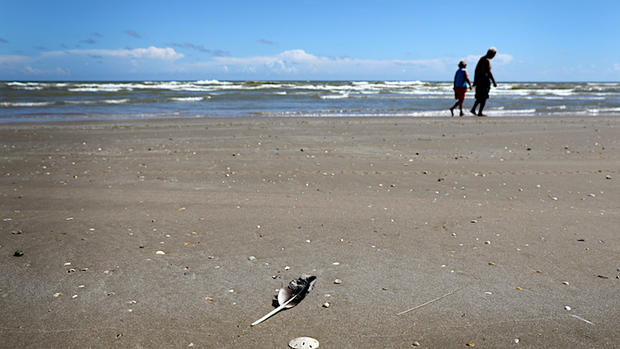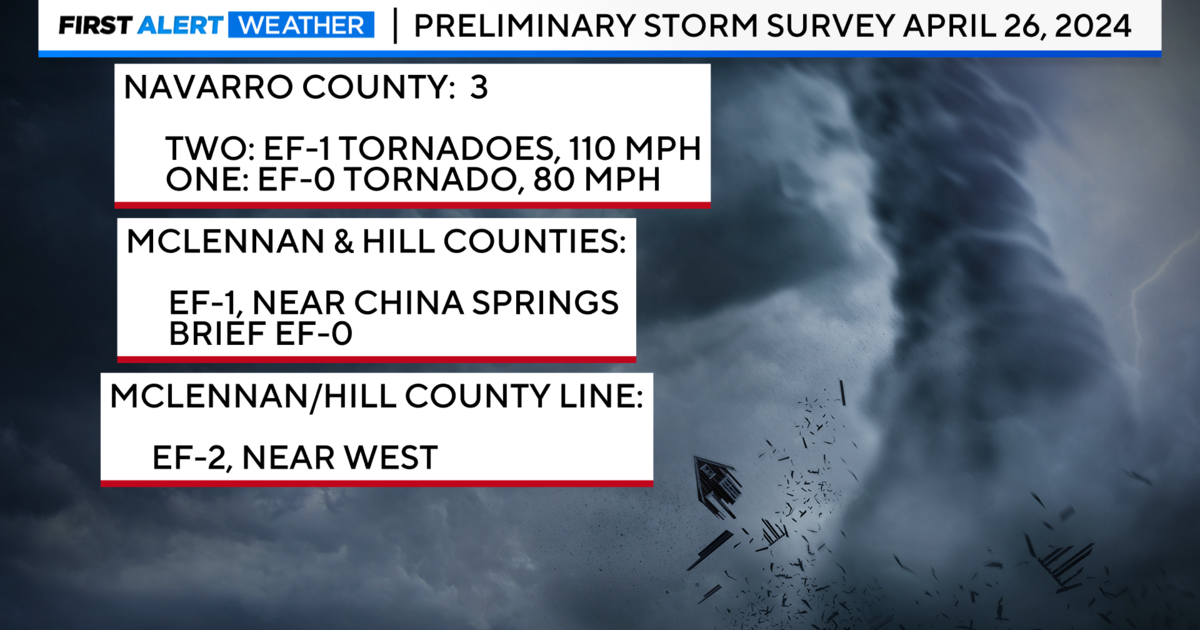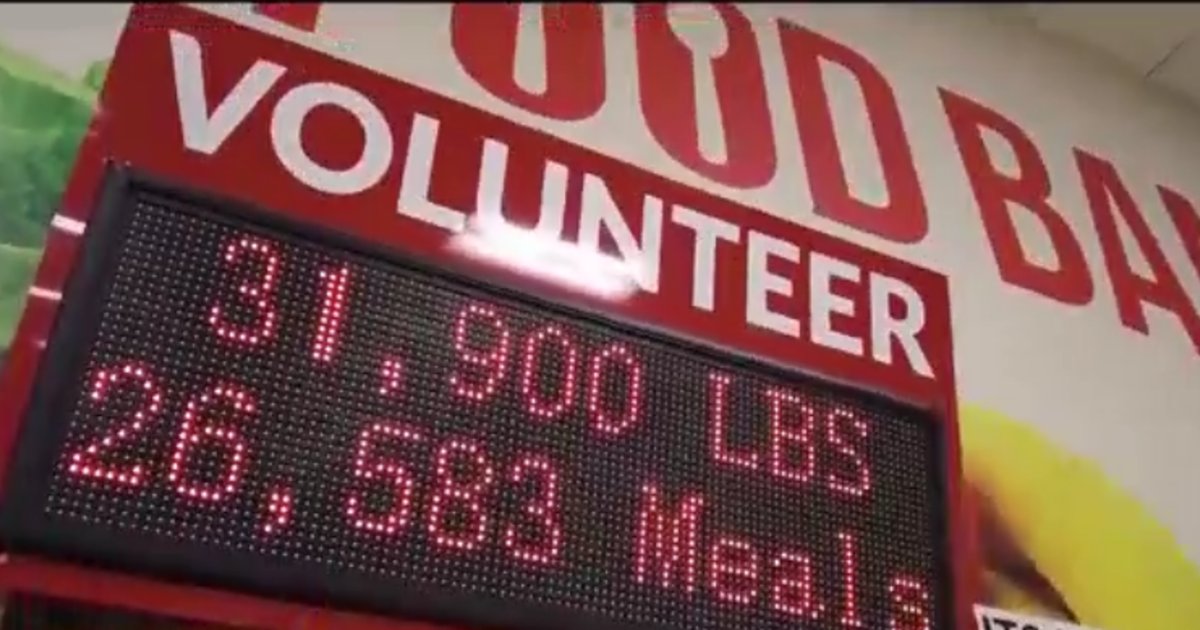Not Enough Oxygen - Scientists Predict Near-Record Gulf of Mexico 'Dead Zone'
NEW ORLEANS (CBSDFW.COM/AP) — Each summer the Gulf of Mexico hosts a human-caused "dead zone" that kills off marine life and this year scientists are predicting a near-record sized area.
"A major factor contributing to the large dead zone this year is the abnormally high amount of spring rainfall in many parts of the Mississippi River watershed," officials with the National Oceanic and Atmospheric Administration said in a news release. That led to record amounts of water carrying large amounts of fertilizer and other nutrients downriver, it said.
The nutrients feed algae, which die and then decompose on the sea floor, using up oxygen from the bottom up in an area along the coasts of Texas and Louisiana.
The low-oxygen, or hypoxic, area is likely to cover about 7,800 square miles — roughly the size of Slovenia or all the land in Massachusetts, NOAA said. A Louisiana-based team has estimated the dead zone will be 8,700 square miles.
It will be measured during an annual July cruise by Nancy Rabalais of the Louisiana Universities Marine Consortium.
The record set in 2017 is 8,776 square miles.
Scientists had said earlier that widespread flooding made a large dead zone likely this year.
A task force of federal, tribal and state agencies from 12 of the 31 states that make up the Mississippi River watershed set a goal nearly two decades ago of reducing the dead zone from an average of about 5,800 square miles to an average of 1,900.
"While this year's zone will be larger than usual because of the flooding, the long-term trend is still not changing," University of Michigan aquatic ecologist Don Scavia, professor emeritus at the School for Environment and Sustainability, said in a news release. "The bottom line is that we will never reach the dead zone reduction target of 1,900 square miles until more serious actions are taken to reduce the loss of Midwest fertilizers into the Mississippi River system."
Rabalais has been measuring the hypoxic zone since 1985.
Storms before last year's mapping cruise reduced that hypoxic zone to about 2,720 square miles, about 40% the average size that had been predicted, and among the smallest recorded.
(© Copyright 2019 CBS Broadcasting Inc. All Rights Reserved. The Associated Press contributed to this report.)




